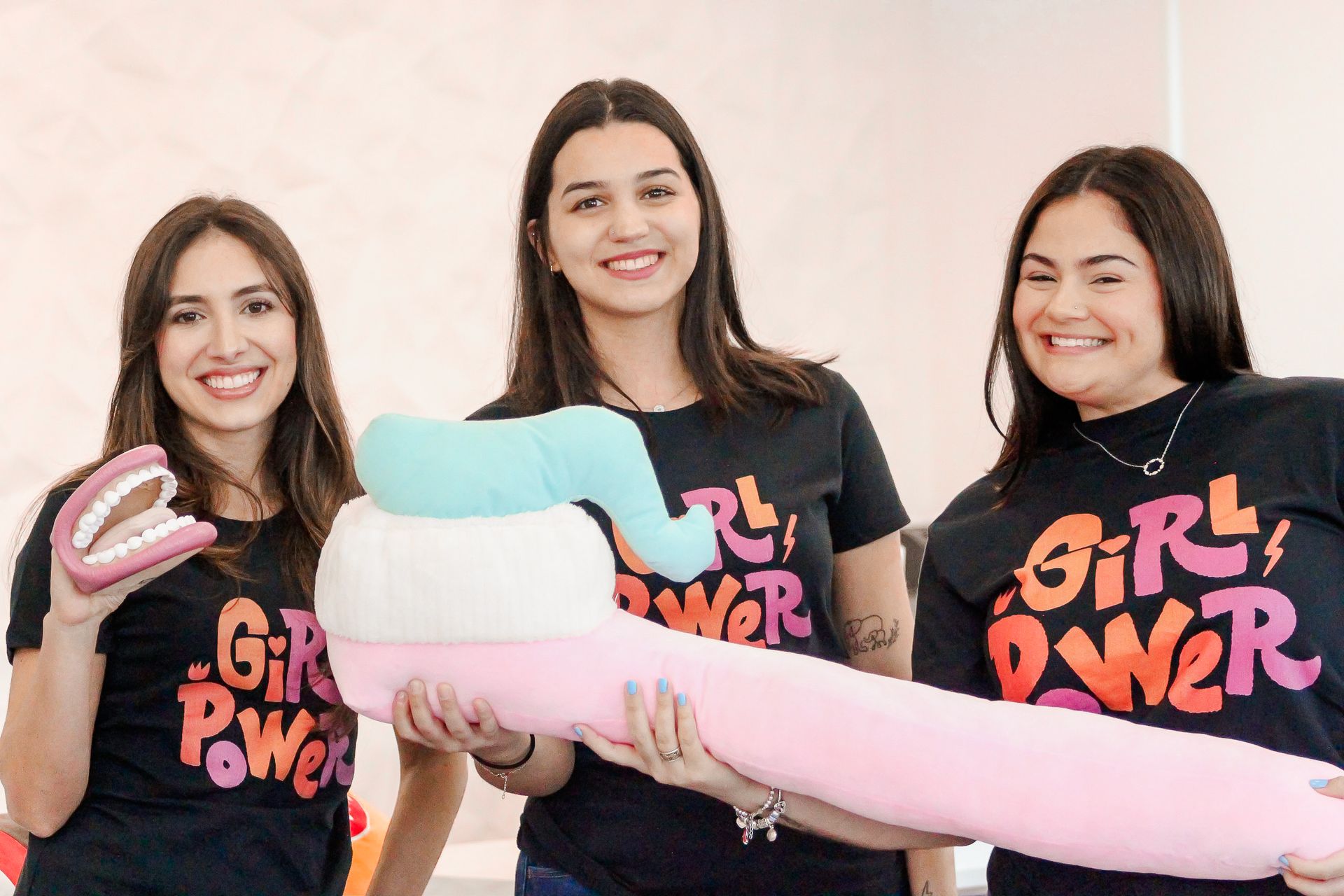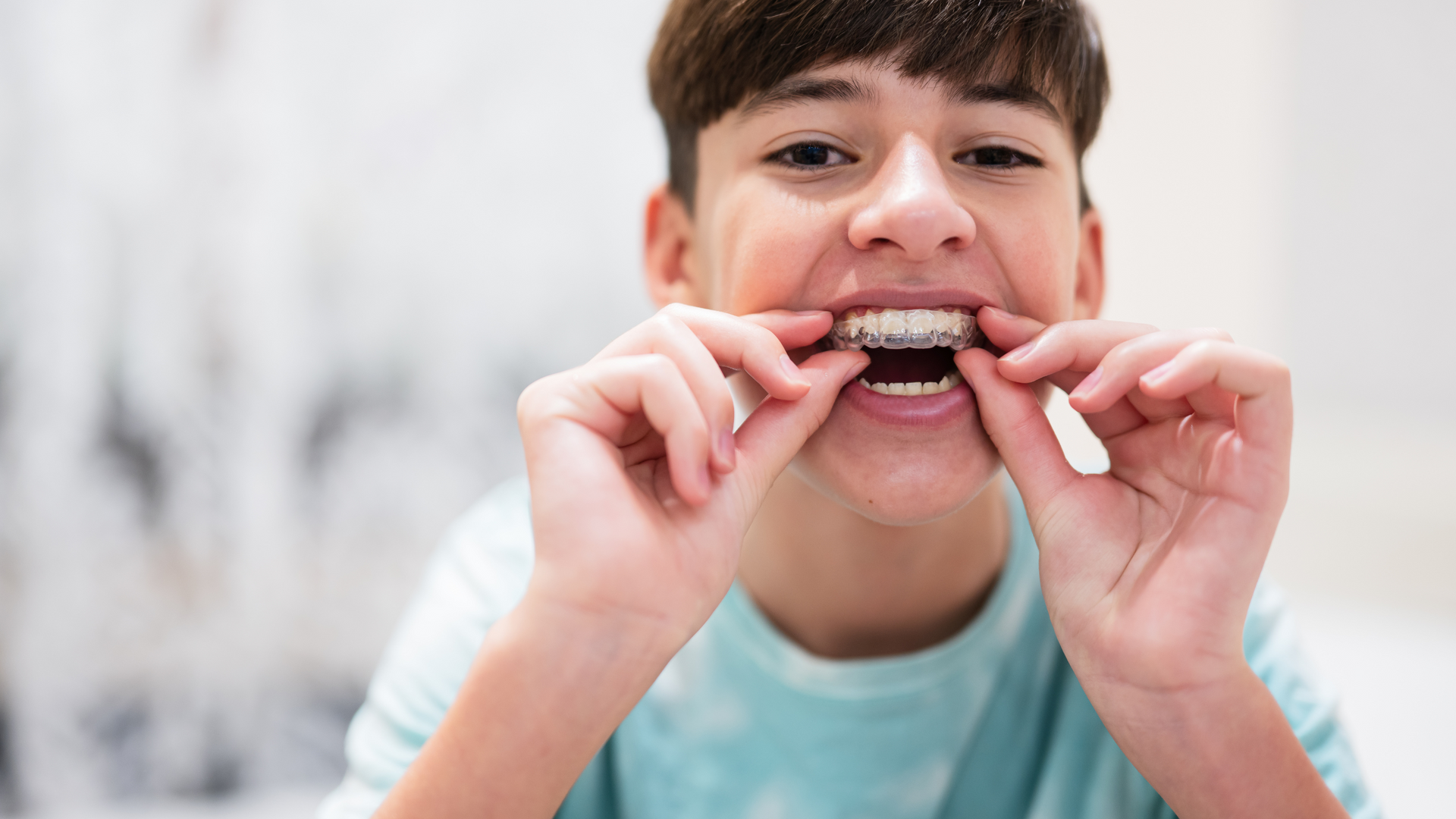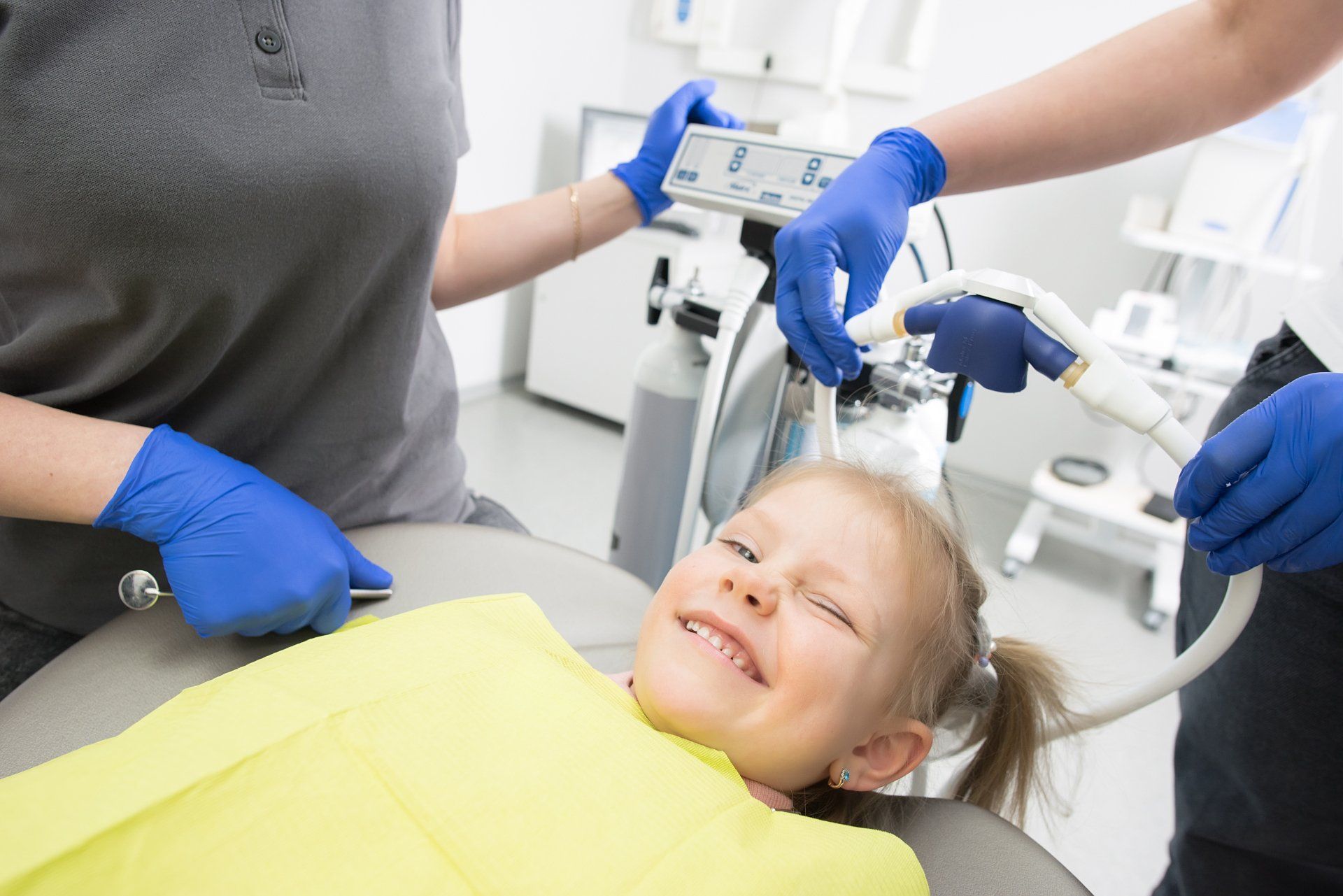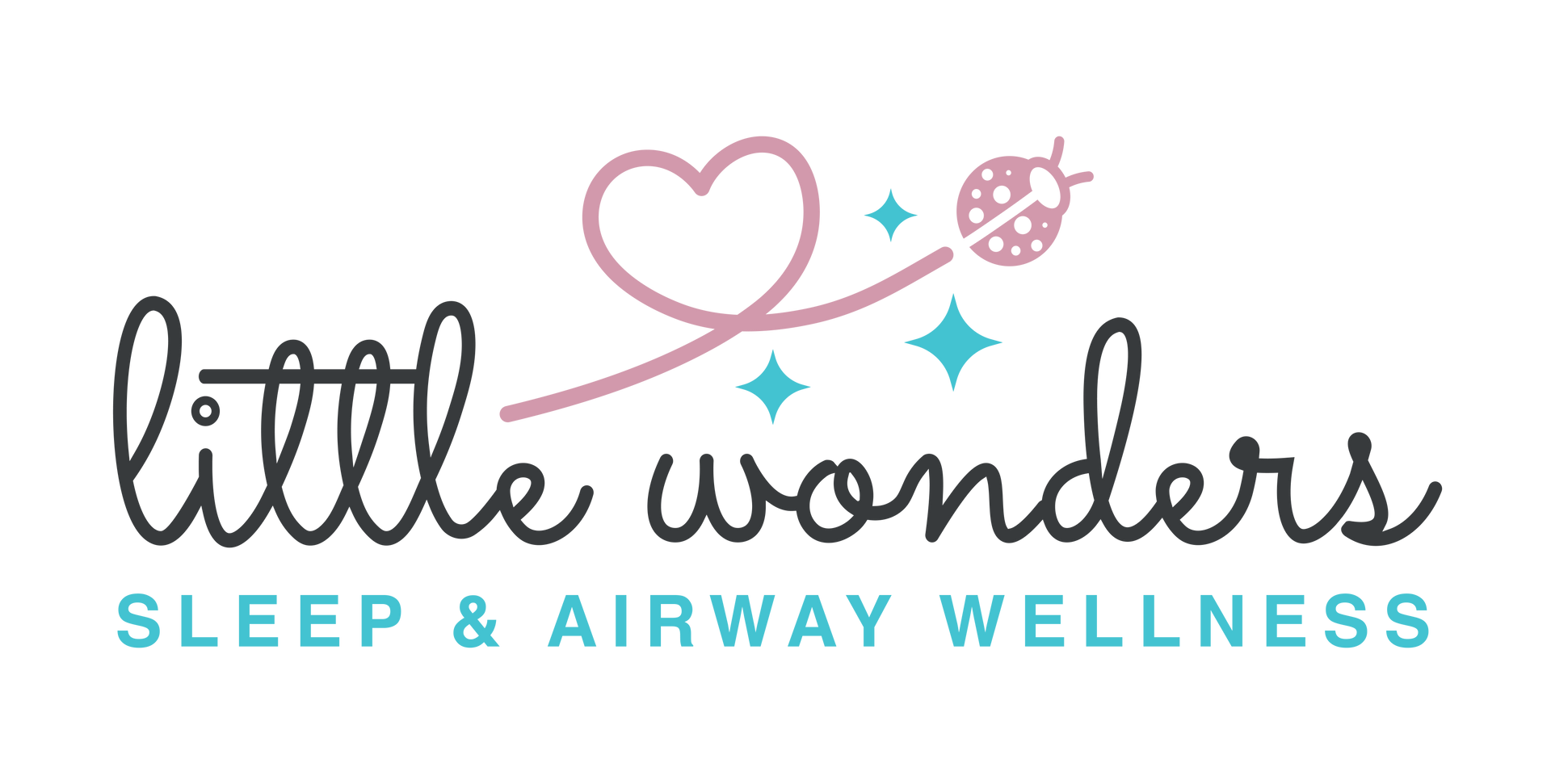Silver Diamine Fluoride
Explore the benefits of Silver Diamine Fluoride (SDF) at Journey Kids Dental for a non-invasive solution to stop tooth decay in its tracks.
Silver Diamine Fluoride: A Revolutionary Approach to Cavity Prevention
What is Silver Diamine Fluoride (SDF)?
Silver Diamine Fluoride is a topical treatment used to arrest tooth decay and prevent its progression. It combines silver, which has antibacterial properties, and fluoride, which helps strengthen tooth enamel.
How Does SDF Work?
SDF is applied directly to the decayed area of the tooth, where it works to kill bacteria and harden the tooth structure. This prevents the cavity from growing and stabilizes the tooth.
Benefits of SDF for Kids
- Non-Invasive Treatment: No drilling or anesthesia required, making it ideal for young or anxious children.
- Quick and Painless: The application process is fast and comfortable.
- Effective Decay Prevention: Stops the progression of cavities and protects against further decay.
When is SDF Recommended?
SDF is particularly useful for children who are not good candidates for traditional fillings due to their age, medical conditions, or dental anxiety. It is also an excellent option for treating cavities in baby teeth.
Considerations for SDF Treatment
While effective, SDF can stain the decayed area of the tooth black, which may be a cosmetic concern. However, the health benefits often outweigh the aesthetic considerations, especially for baby teeth that will eventually fall out.
The SDF Application Process at Journey Kids Dental
Our team will carefully apply SDF to the affected areas, ensuring your child remains comfortable throughout the process. We will also provide guidance on maintaining good oral hygiene to support the treatment’s effectiveness.
Conclusion
Silver Diamine Fluoride offers a simple, painless, and effective way to manage tooth decay in children. Contact Journey Kids Dental to find out if SDF is the right solution for your child and to schedule an appointment.






